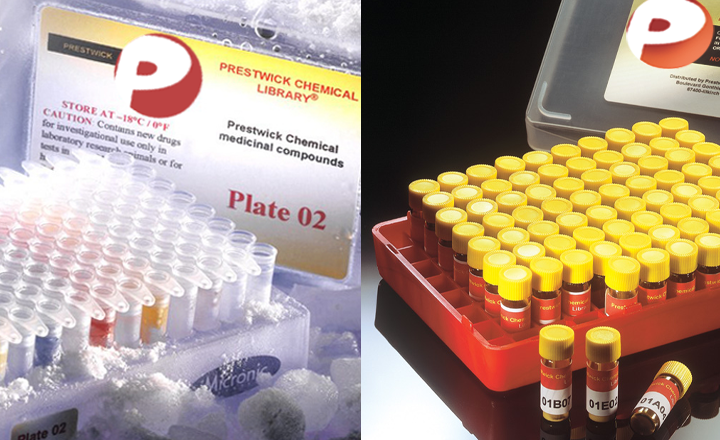High-Throughput Screening of TRPV1 Ligands in the Light of the Bioluminescence Resonance Energy Transfer Technique
Chappe, Y.; Michel, P.; Joushomme, A.; Barbeau, S.; Pierredon, S.; Baron, L.; Garenne, A.; Gannes, F. P. D.; Hurtier, A.; Mayer, S.; Lagroye, I.; Quignard, J.-F.; Ducret, T.; Compan, V.; Franchet, C.; Percherancier, Y.
Mol Pharmacol 100 (3), 237–257 (2021)
Ion channels are attractive drug targets for many therapeutic applications. However, high-throughput screening (HTS) of drug candidates is difficult and remains very expensive. We thus assessed the suitability of the bioluminescence resonance energy transfer (BRET) technique as a new HTS method for ionchannel studies by taking advantage of our recently characterized intra- and intermolecular BRET probes targeting the transient receptor potential vanilloid type 1 (TRPV1) ion channel. These BRET probes monitor conformational changes during TRPV1 gating and subsequent coupling with calmodulin, two molecular events that are intractable using reference techniques such as automated calcium assay (ACA) and automated patch-clamp (APC). We screened the small-sized Prestwick chemical library, encompassing 1200 compounds with high structural diversity, using either intra- and intermolecular BRET probes or ACA. Secondary screening of the detected hits was done using APC. Multiparametric analysis of our results shed light on the capability of calmodulin inhibitors included in the Prestwick library to inhibit TRPV1 activation by capsaicin. BRET was the lead technique for this identification process. Finally, we present data exemplifying the use of intramolecular BRET probes to study other transient receptor potential (TRP) channels and non-TRPs ion channels. Knowing the ease of use of BRET biosensors and the low cost of the BRET technique, these assays may advantageously be included for extending ion-channel drug screening.


